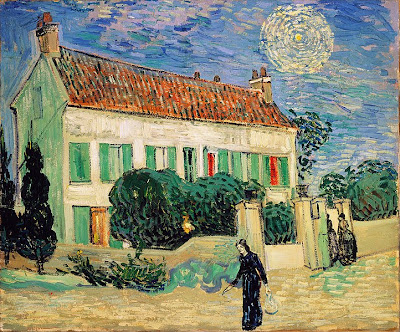
Far east traditional painting is characterized by water based techniques, less realism, "elegant" and stylized subjects, graphical approach to depiction, the importance of white space (or negative space) and a preference for landscape as a subject. Beyond ink and color on silk or paper scrolls, gold on gloss was also a common medium in painted East Asian artwork.
Although silk is somewhat so expensive medium to paint upon in the past, the invention of paper during the 1st century AD by the Han court eunuch Cain Lun provided not only a cheap and widespread medium for writing, but also a cheap and widespread medium for painting.
The earliest examples of Chinese painted artwork date to the Warring States Period (481 - 221 BC), with paintings on silk or tomb murals on rock, brick, or stone.
They were often in simplistic stylized format and in more-or-less elementary geometric patterns. They often depicted mythological creatures, domestic scenes, labor scenes, or palatial scenes filled with officials at court.
Artwork during this period and the subsequent Qin Dynasty (221 - 207 BC) and Han Dynasty (202 BC - 220 AD) was made not as a means in and of itself or for higher personal expression.
Rather artwork was created to symbolize and honor funerary rights, representations of mythological deities or spirits of ancestors, etc. Paintings on silk of court officials and domestic scenes could be found during the Han Dynasty, along with scenes of men hunting on horseback or partaking in military parade.
There was also painting on three dimensional works of art on figurines and statues, such as the original-painted colors covering the soldier and horse statues of the Terracotta Army.
During the social and cultural climate of the ancient Eastern Jin Dynasty (316 - 420 AD) based at Nanjing in the south, painting became one of the official pastimes of Confucian-taught bureaucratic officials and aristocrats.
Painting became a common form of artistic self-expression, and during this period painters at court or amongst elite social circuits were judged and ranked by their peers.





 During the later 14th century, International Gothic was the style that dominated Tuscan painting.
During the later 14th century, International Gothic was the style that dominated Tuscan painting.




 Buying oil paint is much like buying a car, it means you get what you pay for. Usually, the more expensive the paint, the better quality it is.
Buying oil paint is much like buying a car, it means you get what you pay for. Usually, the more expensive the paint, the better quality it is.











































